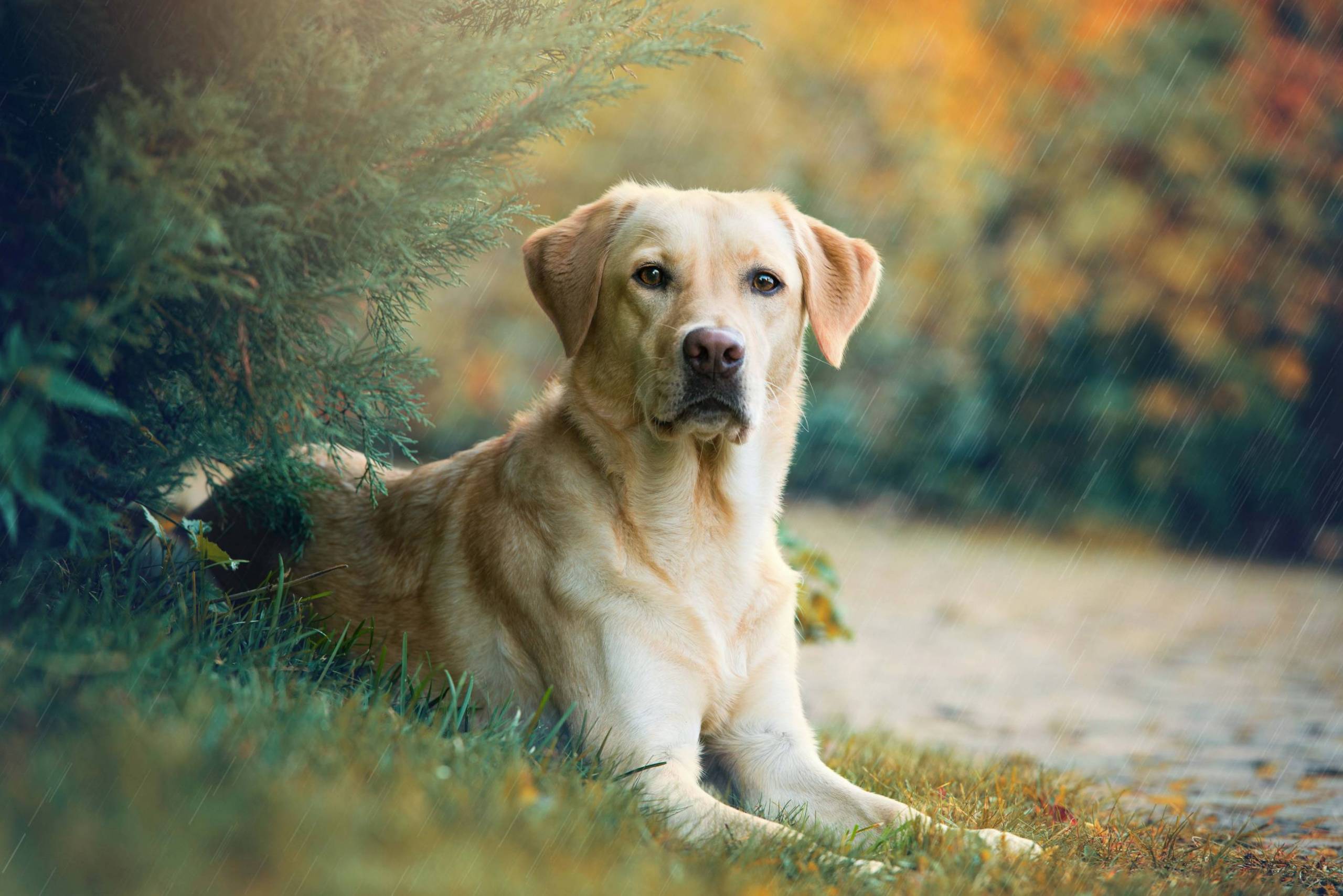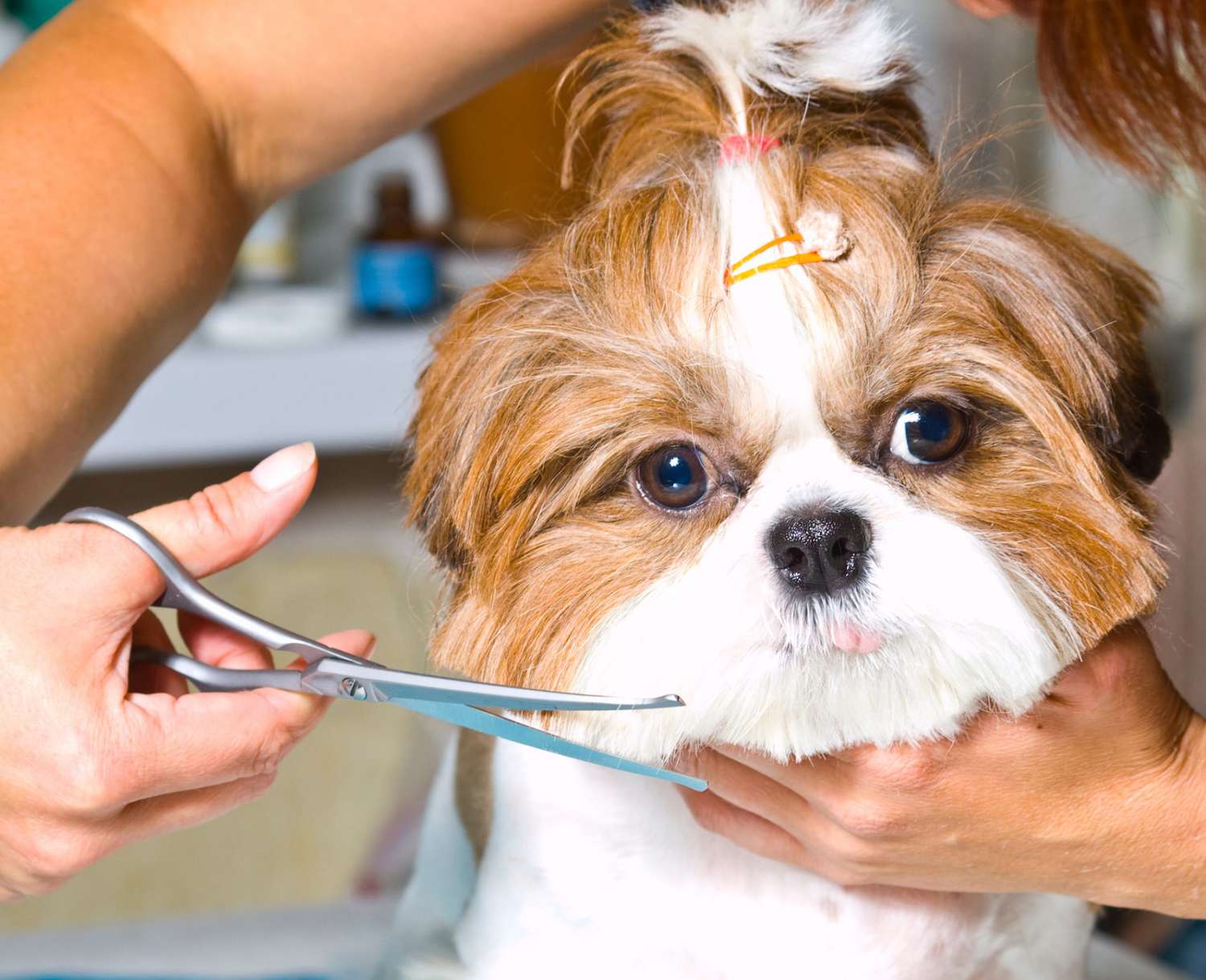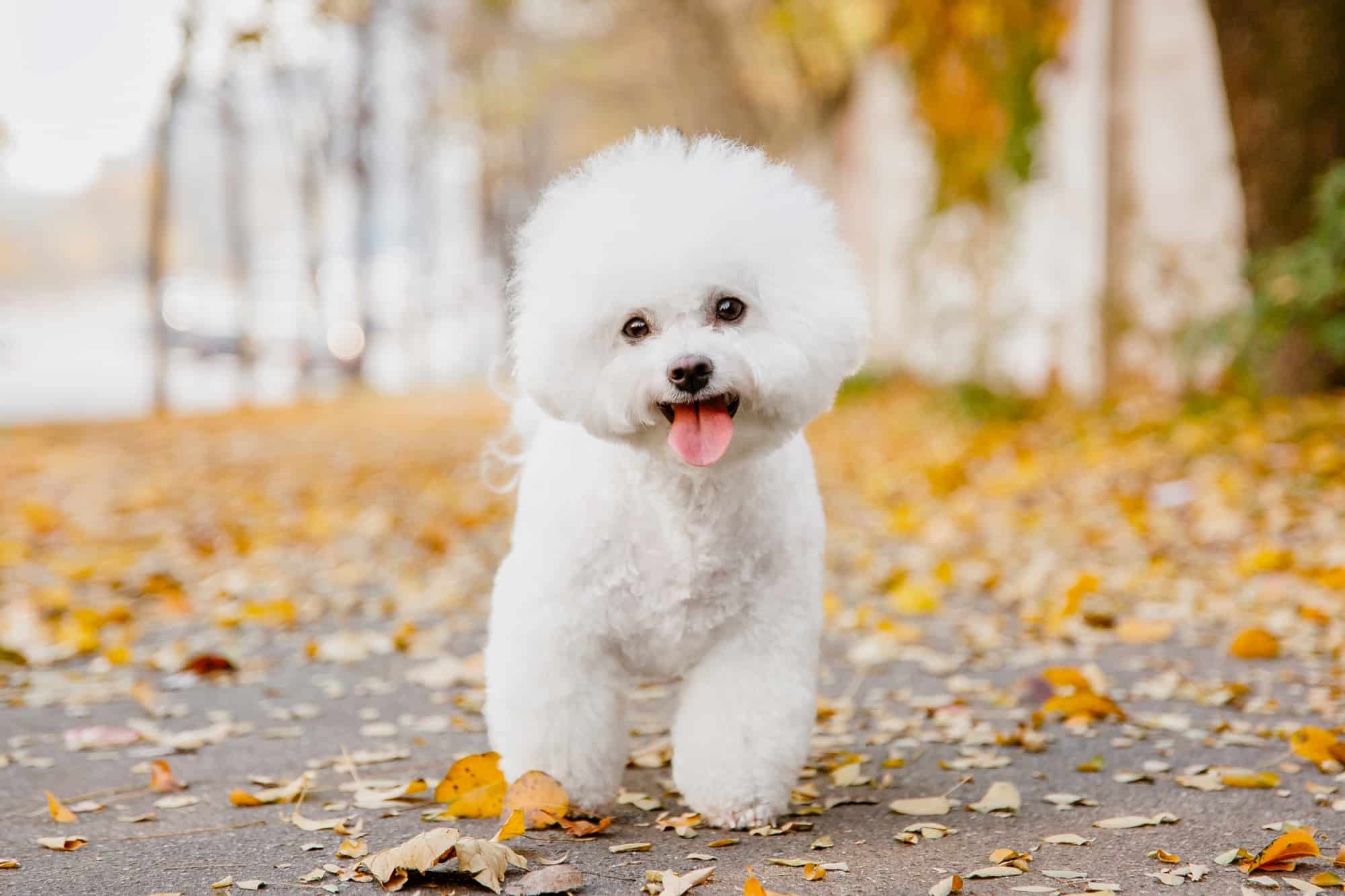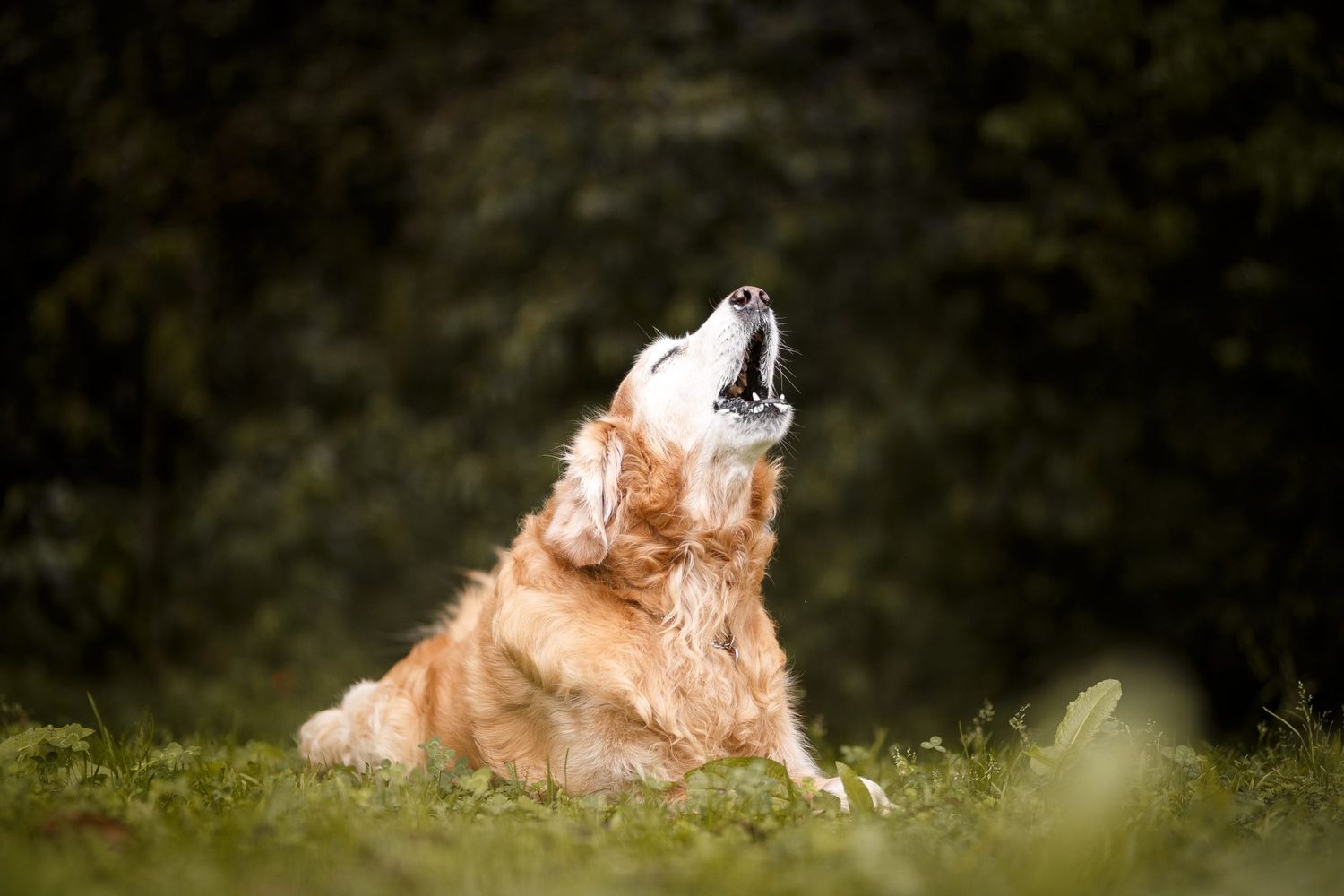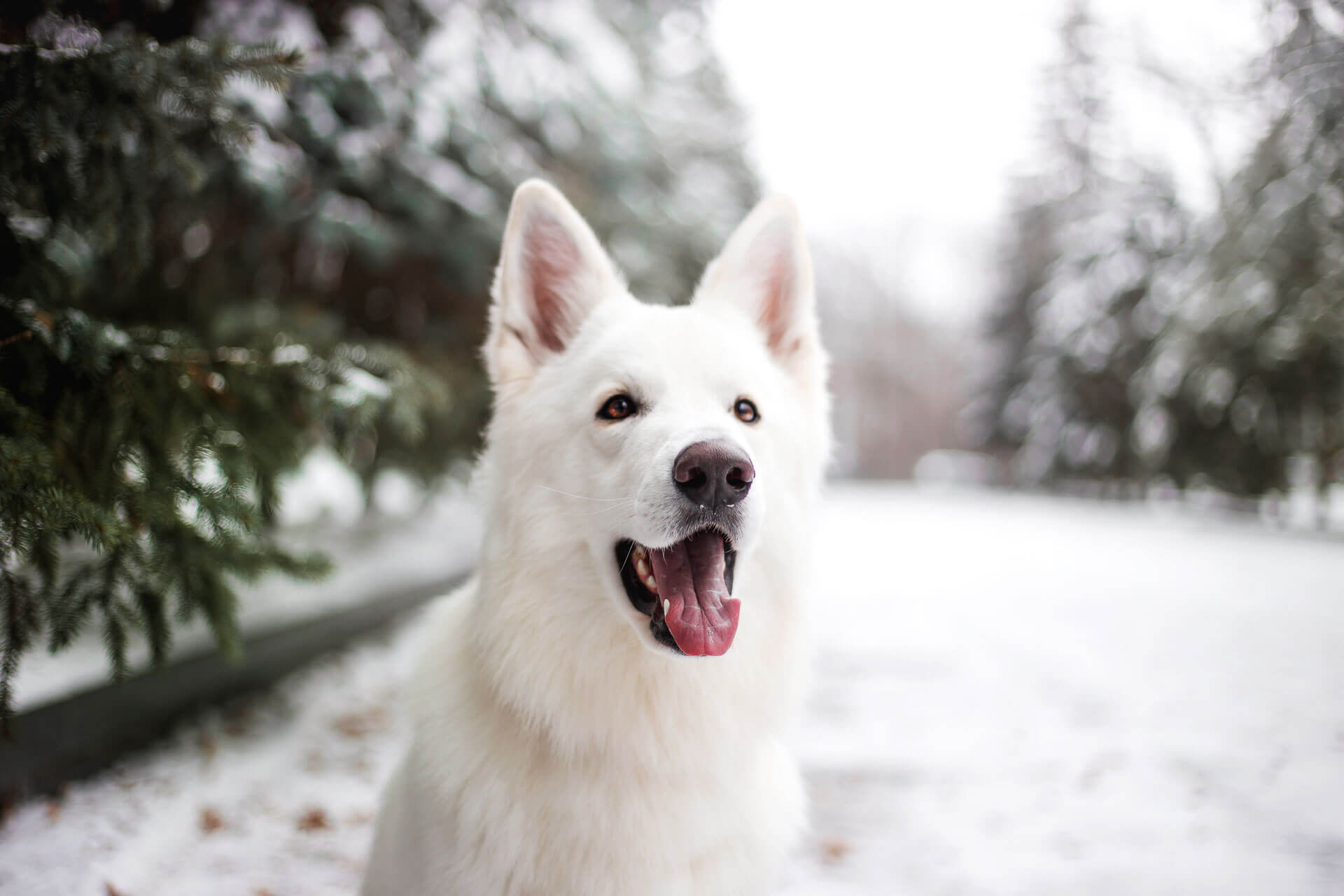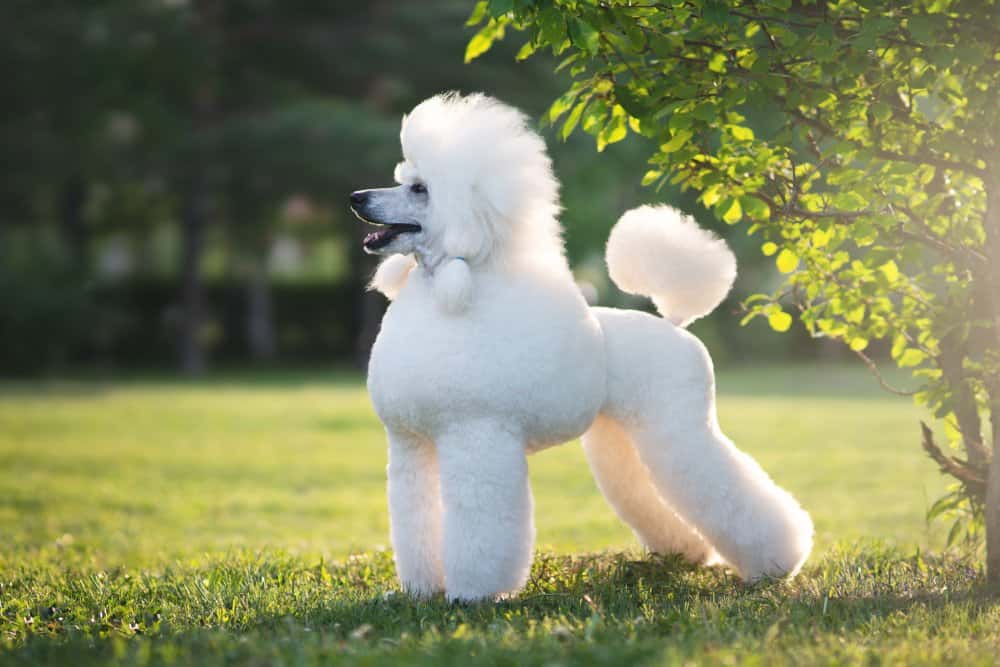Designer dog breeds, also known as crossbreeds or hybrid dogs, have gained immense popularity in recent years. These unique canines are the intentional offspring of two purebred dogs, carefully selected to combine the best characteristics of each parent.
Unlike mixed-breed dogs, designer breeds have identifiable parentage and can trace their lineage back to the original parents. While some may argue about the ethics of breeding designer dogs, they are adored by many for their special qualities and unique personalities.
You are reading: 9 Best Types Of Designer Dog Breed
In this article, we will explore some of the best types of designer dog breeds and what makes them so special.
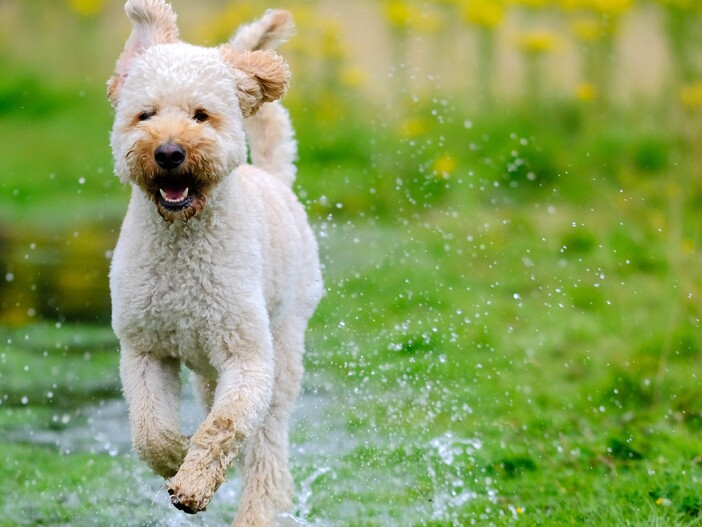
9 Best Types Of Designer Dog Breeds
Goldendoodle
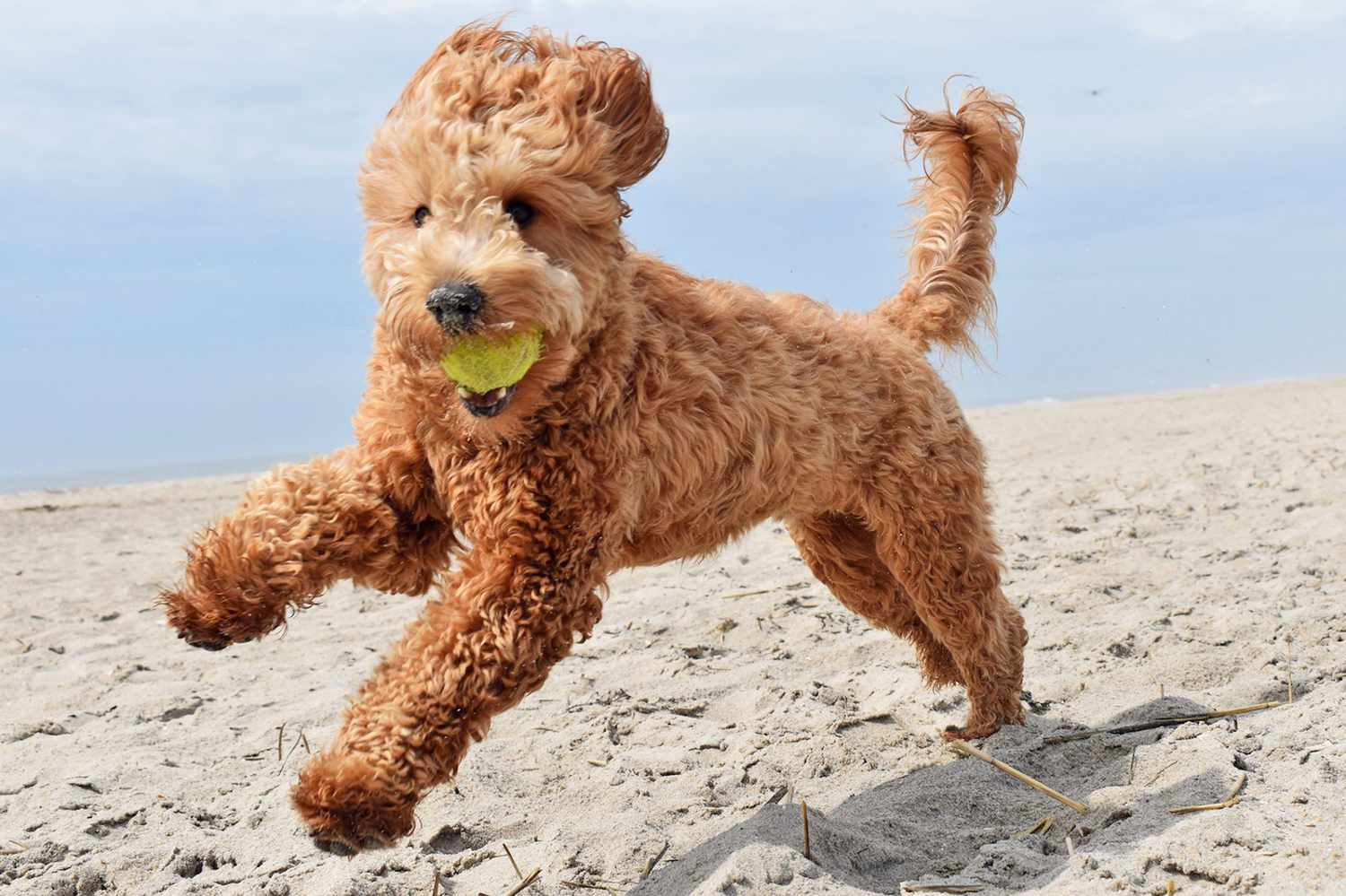
A Goldendoodle is a hybrid dog breed, also known as a designer dog, that is a cross between a Golden Retriever and a Poodle. They are not recognized as an official breed by the American Kennel Club, but they are allowed to compete in agility and obedience events.
Here are some key characteristics of Goldendoodles:
– Appearance: Goldendoodles can have a variety of coat types, including wavy, curly, or straight. Their coat is typically of a soft texture with facial furnishings, and ideally, it possesses hypoallergenic and low to no shed qualities. Their size can vary, with miniature Goldendoodles typically weighing 15-35 pounds and standing 13-20 inches tall, while standard Goldendoodles can weigh 45-100 pounds and stand 20-24 inches tall.
– Temperament: Goldendoodles are often friendly, intelligent, and affectionate, inheriting positive traits from both Golden Retrievers and Poodles. They are known for their patience and gentleness with young children, making them a great choice for families. Proper socialization is important to prevent shyness or fearfulness.
– Exercise and Playfulness: Goldendoodles are energetic and playful, making them a good match for active families. They love to exercise and are natural athletes, enjoying activities such as playing fetch, going for jogs, and racing around the dog park.
– Intelligence and Trainability: Goldendoodles are intelligent and easy to train, often being a good match for first-time or timid owners. They are known to be obedient and can excel in agility and obedience events.
– Coat and Allergies: Goldendoodles often have low-shedding or hypoallergenic coats, making them popular for allergy sufferers. However, their double coat consists of a dense undercoat of short hairs beneath a top coat, which may not be suitable for all individuals with allergies.
– Health and Lifespan: The average lifespan of a Goldendoodle is 10-15 years. Like all dog breeds, they can be prone to certain health issues, such as hip dysplasia, ear infections, and allergies. Regular veterinary check-ups and a healthy diet are important for their overall well-being.
Labradoodle
A Labradoodle is a crossbreed dog that is a mix between a Labrador Retriever and a Poodle. Here are some key characteristics of Labradoodles:
– Appearance: Labradoodles can vary in size, with standard Labradoodles typically weighing 50-65 pounds and standing 21-24 inches tall, while miniature Labradoodles can weigh 15-25 pounds and stand 14-16 inches tall. They can have a variety of coat types, including hair, wool, and fleece, and are often hypoallergenic.
– Temperament: Labradoodles are known for their friendly, intelligent, and social nature. They are quick learners and are often used as therapy and assistance dogs. They are also energetic and playful, making them a good match for active families.
– Exercise and Playfulness: Labradoodles require regular exercise and playtime to keep them happy and healthy. They enjoy activities such as fetch, swimming, and agility.
– Intelligence and Trainability: Labradoodles are intelligent and easy to train, often being a good match for first-time or timid owners. They are known to be obedient and can excel in obedience and agility events.
– Coat and Allergies: Labradoodles often have hypoallergenic coats, making them popular for allergy sufferers. However, their coat type can vary depending on the dominance of their parents’ genes.
– Health and Lifespan: The average lifespan of a Labradoodle is 12-15 years. Like all dog breeds, they can be prone to certain health issues, such as hip dysplasia and elbow dysplasia. Regular veterinary check-ups and a healthy diet are important for their overall well-being.
Overall, Labradoodles are friendly, intelligent, and energetic dogs that make great family pets and therapy dogs.
Cockapoo
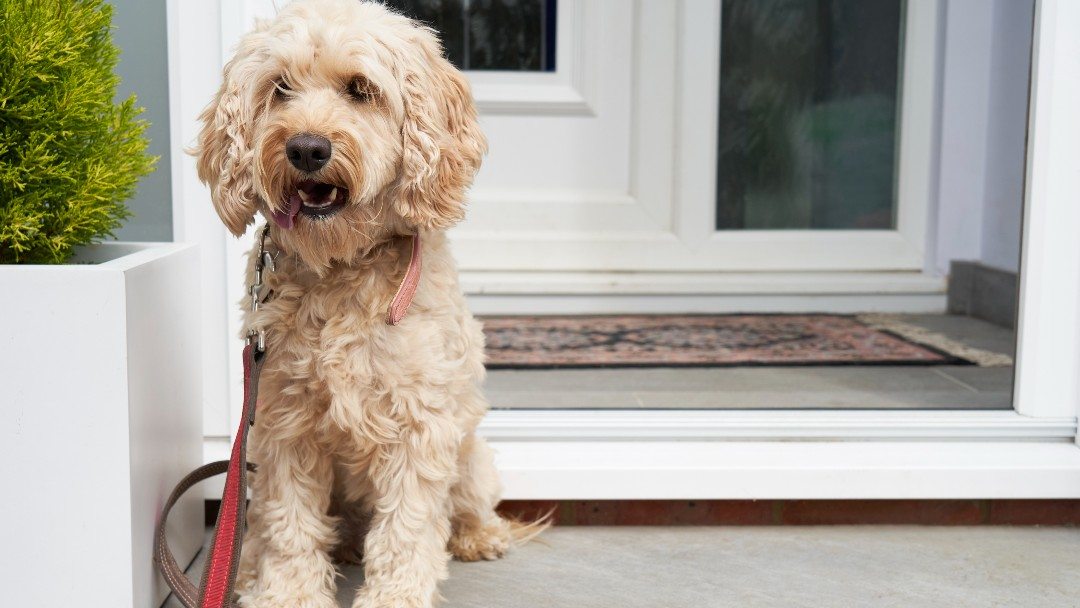


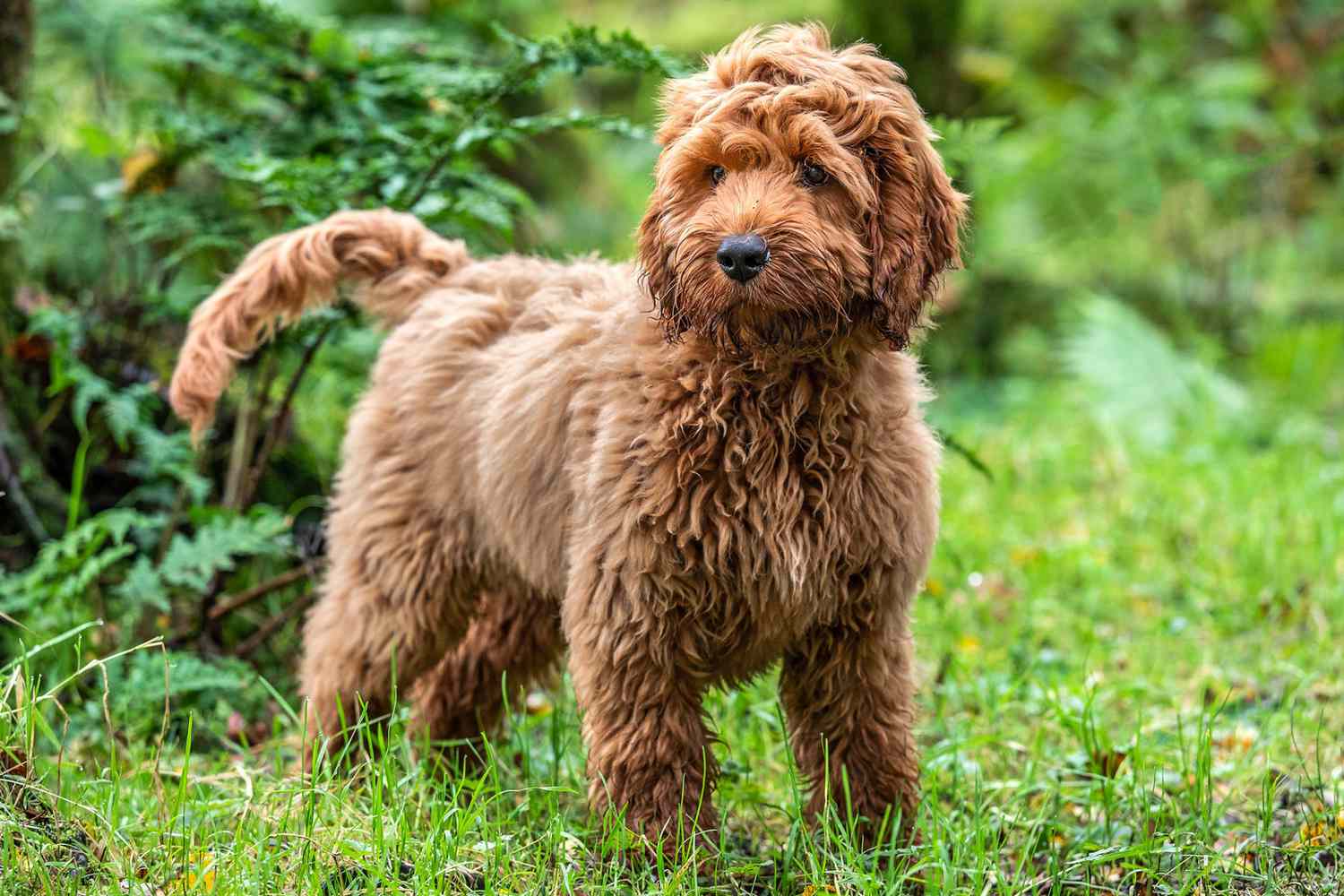
A Cockapoo is a crossbreed dog that is a mix between a Cocker Spaniel and a Poodle, most commonly the Miniature Poodle. Here are some key characteristics of Cockapoos:
Read more : Why Does My Dog Sniff My Ears?
– Appearance: Cockapoos can vary in size and appearance due to their mixed heritage. They can have a variety of coat colors, including white and brown, and their coat can be straight, wavy, or curled. They are generally small to medium-sized dogs, with weights ranging from less than 12 pounds for toy Cockapoos to over 19 pounds for standard Cockapoos.
– Temperament: Cockapoos are known for their friendly, playful, and affectionate personalities. They are people-oriented and intelligent, making them easy to train. They are also typically good with children, other pets, and elderly individuals.
– Exercise and Energy: Cockapoos have a moderate amount of energy and require regular exercise to stay healthy and happy. They enjoy playtime and walks, but they are also content to curl up in a lap or next to their owners on the sofa.
– Grooming: Cockapoos have low-shedding, curly or wavy, long-haired coats that require regular brushing to prevent matting. Some owners choose to keep their Cockapoos’ coats trimmed to a certain length. Their floppy ears are prone to infections and should be cleaned and inspected on a weekly basis.
– Health: Cockapoos are generally healthy dogs, and their mixed heritage can contribute to their genetic diversity, potentially reducing the risk of inheriting health issues from their parent breeds. However, they may still be prone to certain health conditions, such as ear infections, so regular veterinary care is important.
Puggle
A Puggle is a crossbreed dog that is a mix between a Pug and a Beagle. Here are some key characteristics of Puggles:
– Appearance: Puggles can vary in size and appearance due to their mixed heritage. They typically have a short, smooth, double coat in colors such as fawn, red, tan, lemon, black, or particolor (a combination of those colors with white). Some Puggles may have black masks on their faces.
– Temperament: Puggles are known for their fun-loving, enthusiastic, and affectionate nature. They are generally good with children, other pets, and people of all ages. Puggles are also intelligent, but their stubbornness can sometimes make training a bit challenging.
– Exercise and Energy: Puggles are active dogs that enjoy playtime and outdoor activities. They are not content to laze around the house and may engage in energetic play, such as racing around the dining room table or down the hall. They require at least 30 minutes of exercise per day, and agility training can help channel their need for speed.
– Grooming: Puggles have a short, low-maintenance coat that requires regular brushing to keep it in good condition. Their eyes should be checked regularly for cleanliness and any signs of irritation. Other grooming needs include dental hygiene and nail care.
– Health: Puggles are generally healthy dogs, but they can still inherit some health issues from their parent breeds, such as breathing disorders and high energy levels. Regular veterinary care is important to ensure their overall well-being.
Doxiepoo
A Doxiepoo, also known as a Doxiedoodle or Doodle, is a mixed breed dog that is a cross between a Dachshund and a Poodle, typically a Miniature or Toy Poodle. Here are some key characteristics of Doxiepoos:
– Appearance: Doxiepoos can have a range of fur colors, including white, black, brown, or a combination of these colors. Their coat can be short and smooth like a Dachshund’s or curly and dense like a Poodle’s, depending on the dominant genes. They are small to medium-sized dogs, with weights ranging from 10 to 30 pounds.
– Temperament: Doxiepoos are intelligent, self-confident, and spirited little dogs. They are known for their loyalty and affection towards their families. However, their temperament can vary depending on the individual dog and the influence of their parent breeds.
– Exercise and Energy: Doxiepoos require regular exercise to keep them physically and mentally stimulated. Daily walks, playtime, and interactive toys can help meet their exercise needs.
– Grooming: The grooming needs of a Doxiepoo can vary depending on their coat type. Those with a Poodle-like coat may require regular brushing and professional grooming, while those with a Dachshund-like coat may need less maintenance.
– Health: Doxiepoos are generally healthy dogs, but they can still inherit some health issues from their parent breeds, such as back problems, dental issues, and eye problems. Regular veterinary check-ups and a balanced diet are important for their overall well-being.
Borkie
A Borkie is a mixed breed dog that is a cross between a Beagle and a Yorkshire Terrier (Yorkie). Here are some key characteristics of Borkies:
– Appearance: Borkies can have a variety of appearances, as their physical traits can vary depending on the dominant genes from their parent breeds. They are generally small dogs, with weights ranging from 7 to 25 pounds.
– Temperament: Borkies are known for their loyalty, intelligence, and affectionate nature. They can inherit traits from both the Beagle and the Yorkie, so their temperament can vary. Beagles are friendly, loving, and happy, while Yorkies were originally bred to hunt down rats and other vermin.
– Exercise and Energy: Borkies require regular exercise to keep them physically and mentally stimulated. Daily walks, playtime, and interactive toys can help meet their exercise needs.
– Grooming: The grooming needs of a Borkie can vary depending on their coat type. They may have a short, smooth coat like a Beagle or a long, silky coat like a Yorkie. Regular brushing and occasional professional grooming may be necessary to keep their coat in good condition.
– Health: Borkies are generally healthy dogs, but they can still inherit some health issues from their parent breeds. Regular veterinary check-ups and a balanced diet are important for their overall well-being.
Dalmadoodle
Read more : Discover The Types Of Pomeranian Dog Breeds
A Dalmadoodle is a mixed breed dog that is a cross between a Dalmatian and a Poodle, typically a Standard Poodle. Here are some key characteristics of Dalmadoodles:
– Appearance: Dalmadoodles can have a variety of appearances, as their physical traits can vary depending on the dominant genes from their parent breeds. Some Dalmadoodles may look more like Poodles, while others may resemble Dalmatians, but they all have the distinctive black-and-white spotting.
– Temperament: Dalmadoodles are known for their friendly and affectionate nature. They tend to love everyone and think that everyone loves them in return. However, their temperament can vary depending on the individual dog and the influence of their parent breeds.
– Exercise and Energy: Dalmadoodles require regular exercise to keep them physically and mentally stimulated. Daily walks, playtime, and interactive toys can help meet their exercise needs.
– Grooming: The grooming needs of a Dalmadoodle can vary depending on their coat type. They may have a curly, low-shedding coat like a Poodle or a short, dense coat like a Dalmatian. Regular brushing and occasional professional grooming may be necessary to keep their coat in good condition.
– Health: Dalmadoodles are generally healthy dogs, but they can still inherit some health issues from their parent breeds. Regular veterinary check-ups and a balanced diet are important for their overall well-being.
Mini Hippo
A Mini Hippo, also known as a Cocker Pei, is a mixed breed dog that is a cross between a Cocker Spaniel and a Chinese Shar-Pei. Here are some key characteristics of Mini Hippos:
– Appearance: Mini Hippos are medium-sized dogs that can have a variety of appearances, but they generally resemble the Shar-Pei more than the Cocker Spaniel. They have a wrinkled face, a sturdy build, and a short to medium-length coat.
– Temperament: Mini Hippos are known for their loyal, affectionate, and intelligent nature. They can be independent at times, but they generally get along well with their families and other pets.
– Exercise and Energy: Mini Hippos require regular exercise to keep them physically and mentally stimulated. Daily walks, playtime, and interactive toys can help meet their exercise needs.
– Grooming: The grooming needs of a Mini Hippo can vary depending on their coat type. They may have a short, low-maintenance coat like a Shar-Pei or a longer, more high-maintenance coat like a Cocker Spaniel. Regular brushing and occasional professional grooming may be necessary to keep their coat in good condition.
– Health: Mini Hippos are generally healthy dogs, but they can still inherit some health issues from their parent breeds. Regular veterinary check-ups and a balanced diet are important for their overall well-being.
Sammypoo
A Sammypoo, also known as a Samoyed Poodle Mix, is a crossbreed dog that is a mix between a Samoyed and a Poodle. Here are some key characteristics of Sammypoos:
– Appearance: Sammypoos are medium to large-sized dogs, standing about 20 inches high at the shoulder. They have a fluffy, hypoallergenic coat that can vary in color, depending on the parent breeds.
– Temperament: Sammypoos are known for their loyalty, affection, and intelligence. They are friendly and social dogs, getting along well with their families and other pets. Their temperament can vary depending on the individual dog and the influence of their parent breeds.
– Exercise and Energy: Sammypoos require a vigorous exercise regimen to keep them physically fit, mentally stimulated, and out of mischief. Daily walks, playtime, and interactive toys can help meet their exercise needs.
– Grooming: The grooming needs of a Sammypoo can vary depending on their coat type. They may have a low-shedding, hypoallergenic coat that requires regular brushing and occasional professional grooming.
– Health: Sammypoos are generally healthy dogs, but they can still inherit some health issues from their parent breeds. Regular veterinary check-ups and a balanced diet are important for their overall well-being.
FAQS
1. What is a designer dog breed?
Designer dog breeds are crossbreeds of two different purebred parents, with the goal of combining the best characteristics of both breeds. They are also known as crossbreeds or hybrid dogs.
2. Are designer dogs healthier than purebred dogs?
There is no definitive answer to this question. While some people believe that designer dogs may have fewer health issues due to their mixed genetics, others argue that they can still inherit health problems from their parent breeds.
3. Do kennel clubs officially recognize designer dog breeds?
The world’s most popular kennel clubs, such as the American Kennel Club and The Kennel Club, do not currently recognize designer dog breeds. These clubs focus on promoting purebred dogs with documented histories and pedigrees.
4. How are designer breeds “designed”?
Designer breeds are created through intentional crossbreeding of two purebred dogs. The offspring are the result of the mating of two purebred dogs, with half of the dog being the father’s breed and half being the mother’s breed. Some designer breeds, such as F1b, are the result of backcrossing one of the parents from an F1 generation with a purebred parent.
5. Why are designer dogs more expensive?
Designer dogs are often more expensive because they are typically smaller toy breeds that give birth to very few puppies per litter, making them rarer than average breed litters.
6. What are some popular types of designer dogs?
Some popular types of designer dogs include the Goldendoodle (Golden Retriever + Poodle), Labradoodle (Labrador Retriever + Poodle), Puggle (Pug + Beagle), and Cockapoo (Cocker Spaniel + Poodle).
Source: https://petstutorial.com
Category: DOGS


